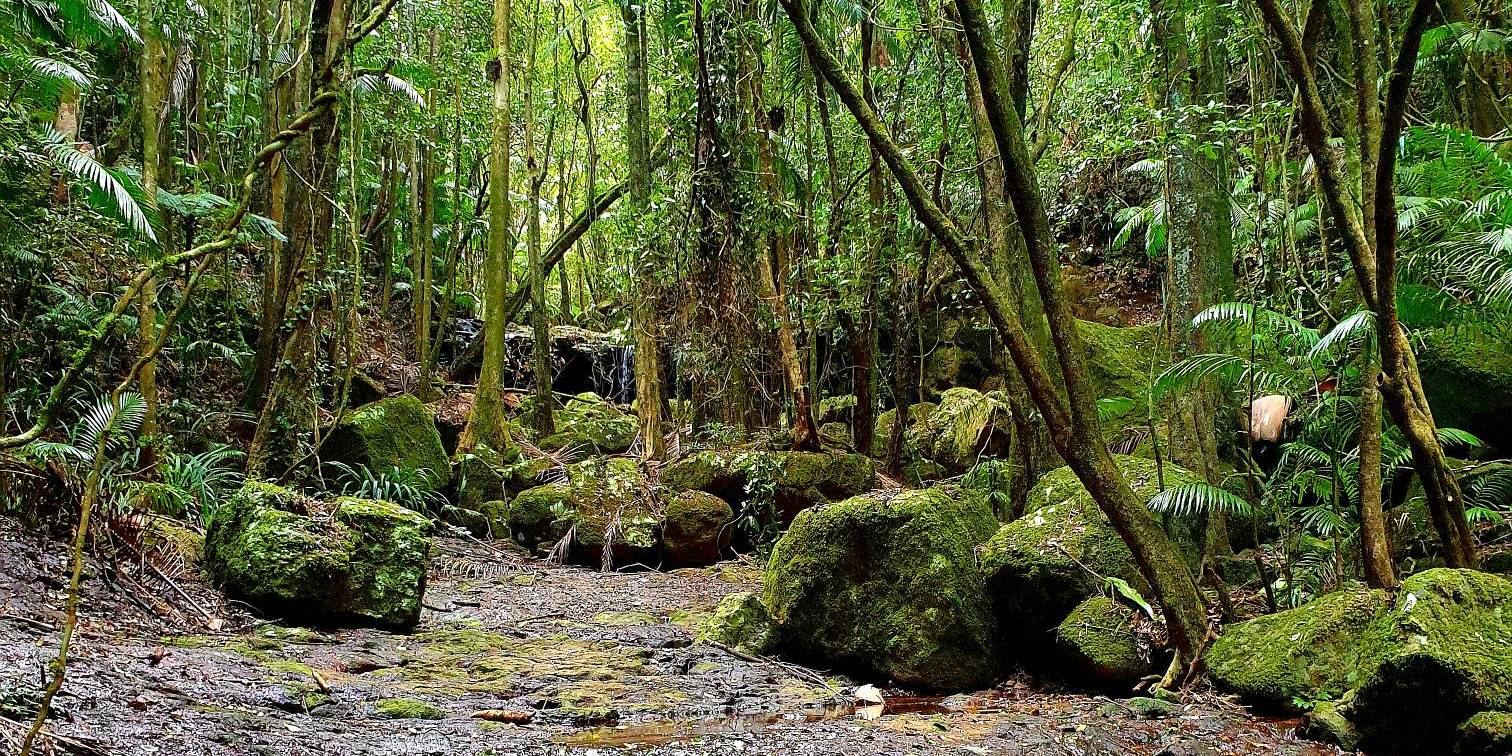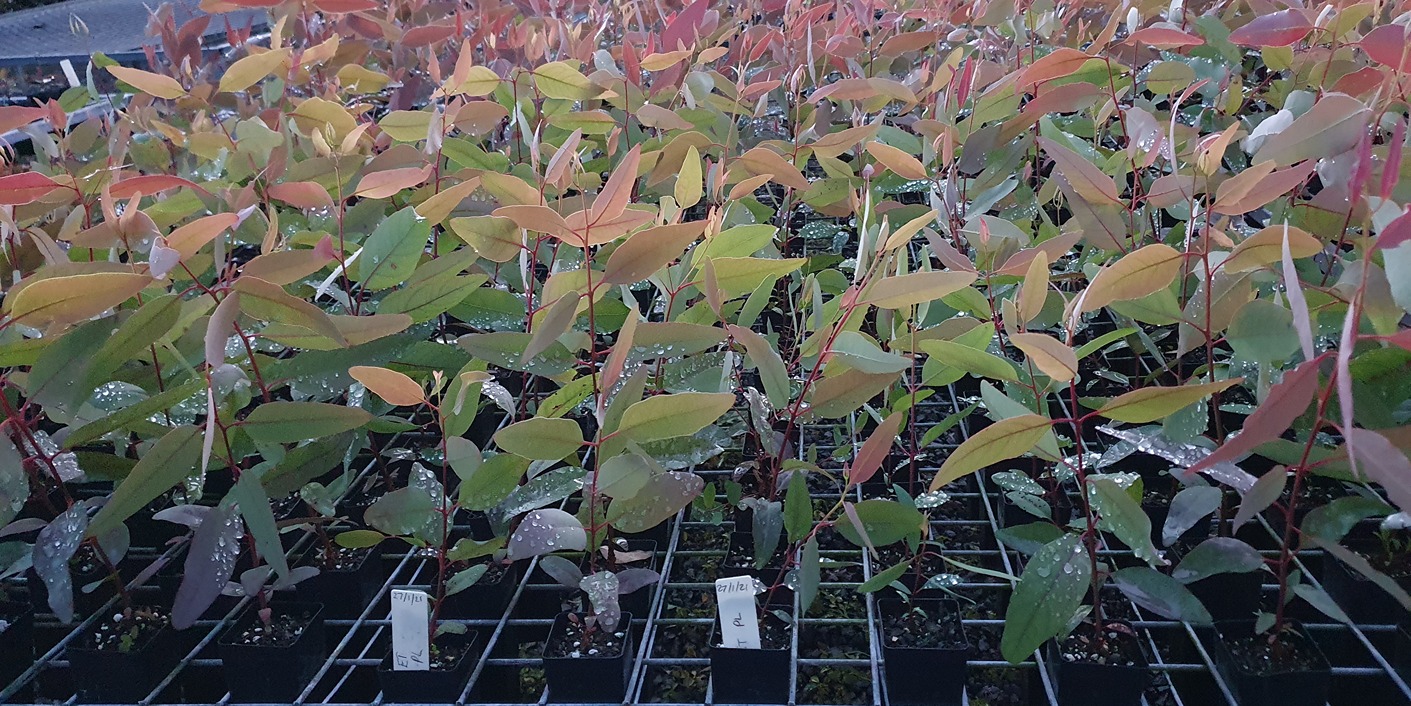Key points
- Biodiversity is the variety of all life on Earth, including animals, plants and microorganisms.
- Many impacts of climate change – including drought, bushfires, storms, ocean acidification, sea level rise and global warming – affect biodiversity.
- Loss of biodiversity can lead to land degradation, effects on water supply and changes in farming productivity.
- Many plants and animals cannot adapt to the effects of climate change. NSW has 1000 plant and animal species and ecological communities that are at risk of extinction.
- Managing our biodiversity is an important way to prevent further biodiversity loss and extinctions.
The importance of biodiversity in NSW
Biodiversity is the variety of all living organisms on Earth. Diversity can refer to:
- genetic diversity
- species diversity – including plants, animals, fungi and microorganisms
- ecosystem diversity.
Australia is home to more than one million species of plants and animals. Many of these are found nowhere else in the world, including 82% of our mammals and 93% of our frogs.
Biodiversity drives the natural systems that support all life on the planet. This life provides us with clean air and water, food and natural resources. Also, biodiversity increases the ability of ecosystems to do things like:
- hold soils together and maintain soil fertility
- deliver clean water to streams and rivers
- cycle nutrients
- pollinate plants (including crops)
- protect us against pests and diseases.
These are sometimes called ‘ecosystem functions’ or ‘ecosystem services’.
Biodiversity contributes to the beauty and our cultural identity in NSW, and Australia on a whole. Spending time in nature is linked to our health and wellbeing.
How biodiversity is affected by climate change in NSW
Biodiversity is affected by every aspect of climate change including:
- more frequent and intense droughts
- catastrophic bushfires, storms and heatwaves
- sea level rise
- changes in ocean currents and water temperatures
- estuary and ocean acidification.
In the past 200 years, the Australian environment has been modified dramatically. In NSW, 1000 plant and animal species and ecological communities are at risk of extinction.
A climatic envelope is the range of temperature, rainfall and similar climate conditions in which a species can survive. When a climatic envelop changes, species must:
- evolve or adapt to the changes
- migrate to another area that has a similar climatic envelope.
Some species with short generation times, such as microorganisms and some invertebrates, might be able to adapt or evolve in response to climate change. Some animals can more easily migrate than others, such as birds and marine animals.
But many Australian species can only cope with a narrow range of conditions – that is, they have small climatic envelopes. If they cannot migrate or adapt, their existence becomes threatened. For example, as specific conditions needed for a species’ survival may no longer be present, such as cloud forests.
When species migrate or disappear due to climate change, it can change the food web. For example, some species that cannot migrate – such as plant species – may become vulnerable to predation by a new insect species in that area. Animals that previously relied on that plant species – perhaps for food or shelter – are then also affected. If those animals were a food source for another species, then that species become affected, and so on.
Changes low in the food web end up cascading throughout the entire ecosystem.
A loss of species could reduce ecosystem services. This is especially true if the environment is changing quickly. As the climate changes and species are eliminated from certain areas, we could see a change in some ecosystem services. This could result in:
- more land degradation
- native species being replaced with introduced plants and animals
- changes in agricultural productivity
- lower-quality water, including drinking water.
Adapting to changes in biodiversity in NSW
In many cases, biodiversity cannot keep up with and adapt to the speed that the environment is changing. Without management intervention, this will lead to local or more widespread extinctions.
To adapt to climate change and preserve biodiversity, we need to have:
- resilient ecosystems, to reduce the stress caused by other human activities such as pollution and land clearing
- interventions for priority species
- identification and protection of places of climate refuges where species are likely to persist
- habitat connectivity to allow species movement
- climate-ready revegetation – planting climate-ready species in revegetation programs.
- the community involved in conservation science-based tools for land management such as Restore and Renew and NSW Niche Finder.
Programs such as the Saving our Species program and NSW National Parks and Wildlife Service are key to protecting our species from climate change.
Australia's Strategy for Nature 2019–2030, and the accompanying Australia’s Nature Hub website, is the national biodiversity strategy and action plan.
Related information
Saving our Species - NSW Department of Planning Industry and Environment
Conservation and Heritage - NSW National parks
About biodiversity - NSW Department of Planning Industry and Environment
Climate change and biodiversity - Australian Academy of Science


